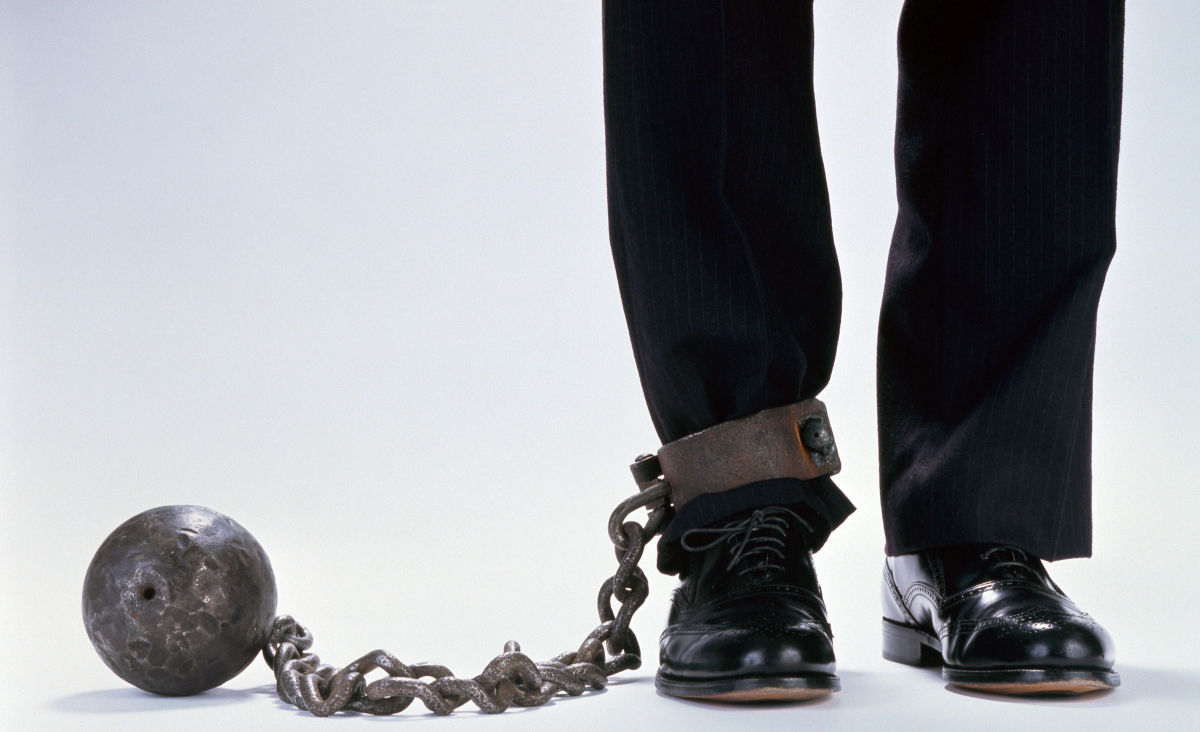
How Bankruptcy Discharges Work
One of the prime objectives of the Bankruptcy and Insolvency Act is to enable an honest but unfortunate debtor to obtain a discharge from his debts, subject to reasonable conditions, so that the debtor can make a fresh start. There are several types of discharges available to debtors, depending on each individual’s circumstances, and whether or not the debtor has been bankrupt more than once before.
A debtor who has not been bankrupt more than once previously is eligible for an automatic absolute discharge from his debts. The date of discharge takes place exactly nine months 0r twenty four months ( for a second time bankrupt) after filing an assignment in bankruptcy, provided no one has filed an opposition to the bankrupt’s discharge and there are no surplus income payment requirements. A debtor who has been bankrupt on more than one previous occasion is not entitled to an automatic discharge. Instead, the Registrar in Bankruptcy (who we will refer to as the Judge for ease of terminology) will make an order specifying the type of discharge to be granted to the bankrupt. In most cases, the bankrupt’s discharge will be suspended for some period of time.
A creditor may choose to file a notice of opposition to a bankrupt’s discharge for several reasons. The creditor may feel that the bankrupt has the ability to contribute more than the required monthly amount to the bankrupt estate, or that the bankrupt’s discharge should be subject to certain other conditions which have not been met, such as providing information. If a creditor does file a notice of opposition to a bankrupt’s discharge, the Trustee would request a discharge hearing date from the court. On that date, both the bankrupt and the opposing creditor are required to appear before the presiding Judge. After hearing both parties, the Judge will make a decision as to the type of discharge to be granted to the bankrupt.
If the Judge feels that the bankrupt should make further contributions to the bankrupt estate, he will issue a conditional discharge. Under a conditional discharge, the bankrupt would be discharged from his debts once he has met the conditions imposed upon him. For instance, if the Judge issues a conditional discharge in the amount of $5,000.00, the bankrupt will only be discharged once he has paid that amount into the bankrupt estate.
In some circumstances, a Judge might simply refuse to grant a bankrupt’s discharge. A refusal of a bankrupt’s discharge would usually only occur in situations where the bankrupt has been bankrupt three or more times, did not cooperate with the Trustee, disposed of assets without divulging this information to the Trustee or even subject to a criminal investigation relating to disposition or concealment of property. When a discharge is refused, the court may fix a time period after which the bankrupt may re-apply for his discharge.
Being discharged means that a bankrupt is discharged from all debts except those under Section 178(1) of the Bankruptcy and Insolvency Act. These exceptions such as child support and court fines, amongst others, are normally reviewed with the debtor when considering bankruptcy or other alternatives.
